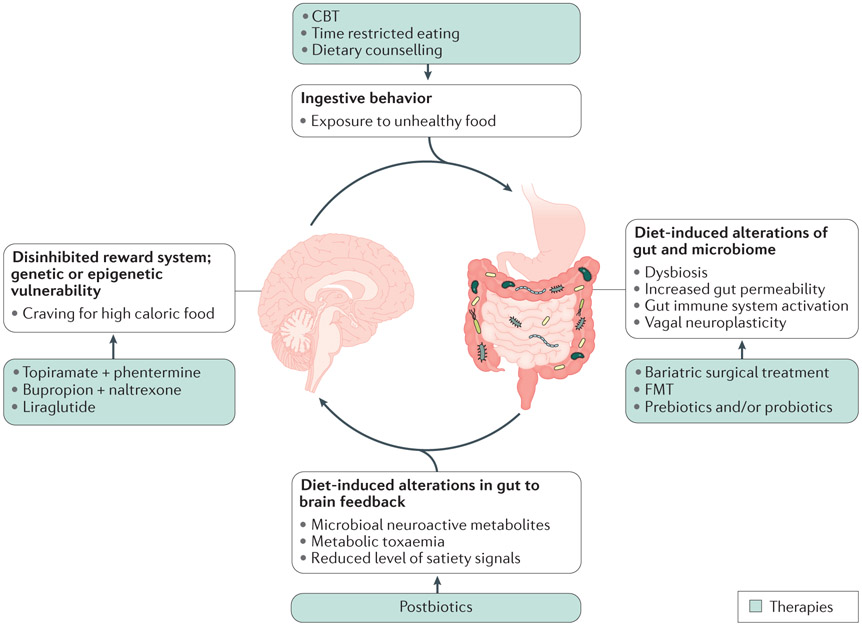Figure 5. Circular model of brain gut microbiome interactions in obesity and targets for intervention.
The interaction of genetic and epigenetic factors influences the balance between hedonic and homeostatic control of ingestive behavior, and the risk for the development of hedonic dominance. When exposed to ubiquitous food of high caloric density (fat, sugar) and low in fiber, predisposed individual will overconsume such foods, resulting in changes in the gut and the microbiome as shown in Fig. 3. The resulting change in gut to brain signaling can further compromises homeostatic regulation of food intake and reinforces the disinhibition of the reward system. Targets for intervention and therapeutic modalities include altered ingestive behavior (cognitive behavioral therapy, CBT; time restricted eating; dietary counseling), alterations of gut and microbiome (bariatric endoscopic and surgical treatment; faecal microbota transplantation (FMT); prebiotics and probiotics); altered gut to brain feedback (postbiotics such as butyrate, tryptophan derived compounds, including indoles, and other amino acid metabolites.) and altered reward system (centrally acting medications).

